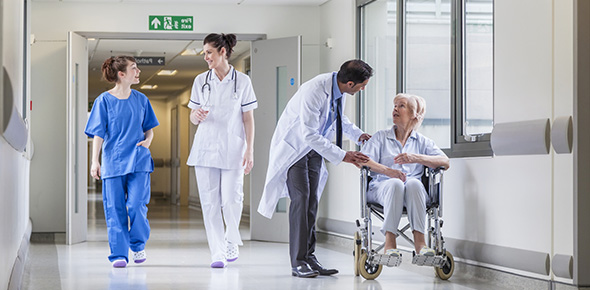Related Flashcards
Related Topics
Cards In This Set
| Front | Back |
|
Altering stool color: meat protein
|
Dark brown
|
|
Altering stool color: spinach
|
Green
|
|
Altering stool color: carrots and beets
|
Red
|
|
Altering stool color: coca
|
Dark red or brown
|
|
Altering stool color: senna
|
Yellow
|
|
Altering stool color: bismuth, iron, licorice, and charcoal
|
Black
|
|
Altering stool color: barium
|
Milky white
|
|
Division of abdomen into nine quadrants:
|
-Epigastric region - umbilical region- hypogastric or suprapubic region- right hypochondriac region- left hypochondriac region- right lumbar region- left lumbar region- right inguinal region- left inguinal region
|
|
Some digestive and gastrointestinal disorders are associated with genetic abnormalities
|
- cleft lip and/or palate- familial adenomatous polyposis- hereditary nonpolyposis colorectal cancer (HNPCC)- hirschsprung disease (aganglionic megacolon)- IBD (crohn's disease)- Pyloric stenosis
|
|
Colonic function:
|
- bacteria (in large intestine) helps complete breakdown of waste material: undigested or unabsorbed proteins and bile salts
|
|
Colonic secretion: ELECTROLYTE SOLUTION
|
(bicarbonate solution) neutralizes the end products formed by colonic bacterial action
|
|
Colonic secretion: MUCUS
|
Protects the colonic mucosa and provides adherence for fecal mass(damaged mucus can = damage to blood vessels)
|
|
Primary function of colon:
|
Slow transport to allow efficient reabsorption of water and electrolytes (allowed by: slow, weak peristalsis)
|
|
Feces consists of:
|
Undigested foodstuffs, inorganic materials, water, and bacteria (75% water) (brown color from breakdown of bile)
|
|
Gases from intestinal tract
|
Methane, hydrogen sulfide, and ammonia; approximately 150ml and absorbed and detox by liver or expelled as flatus
|






